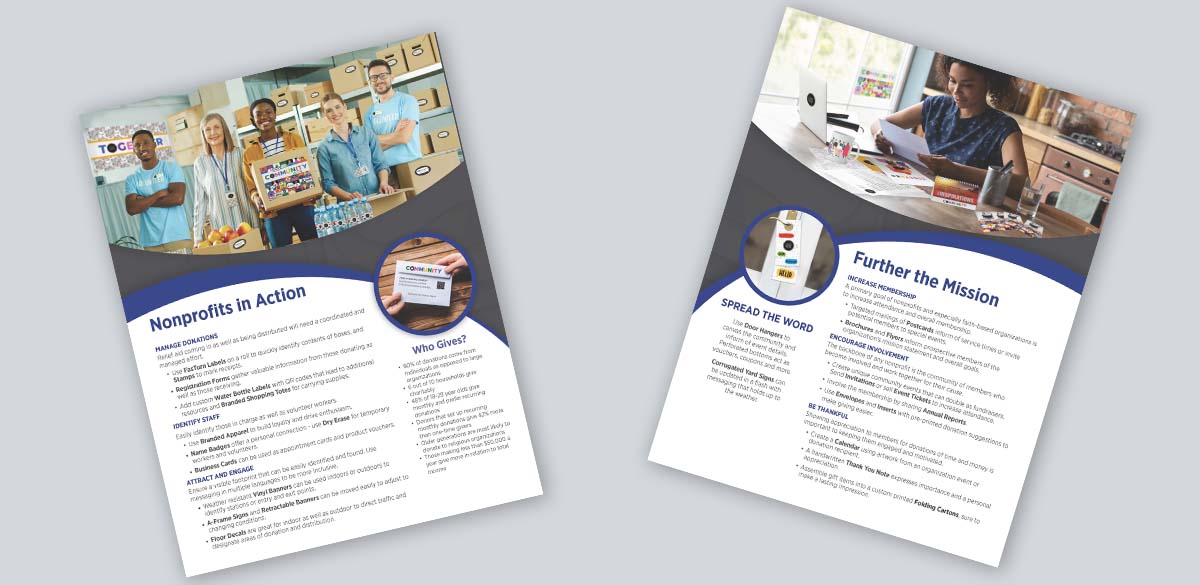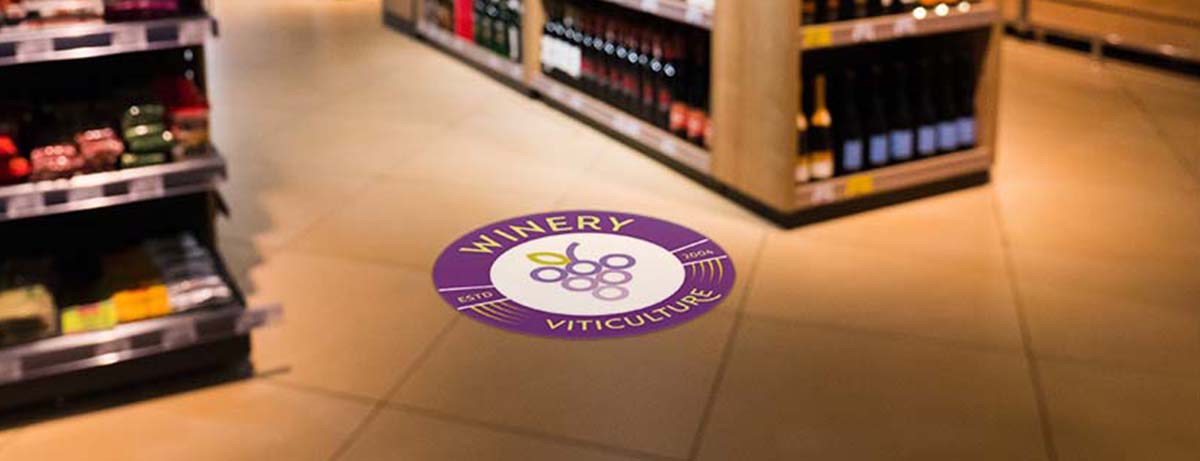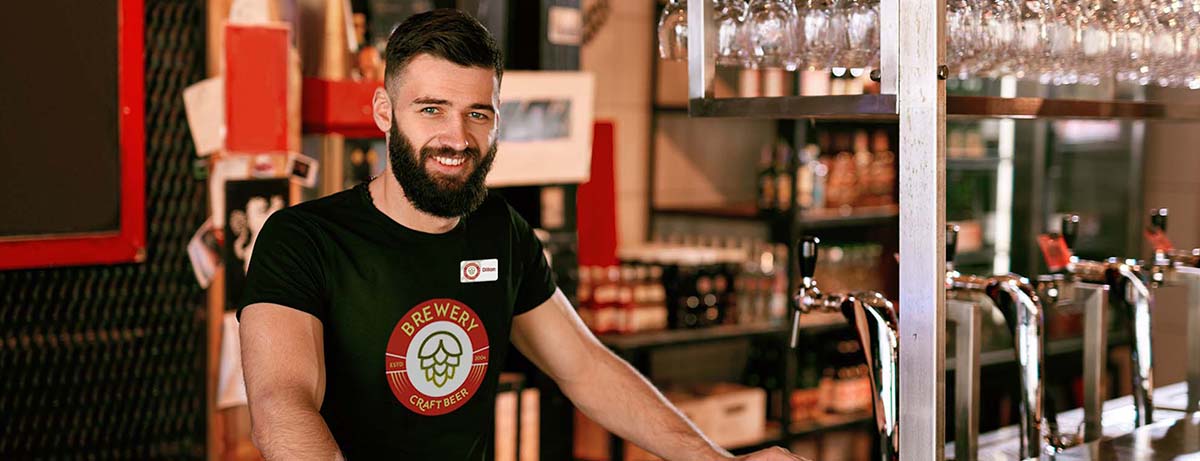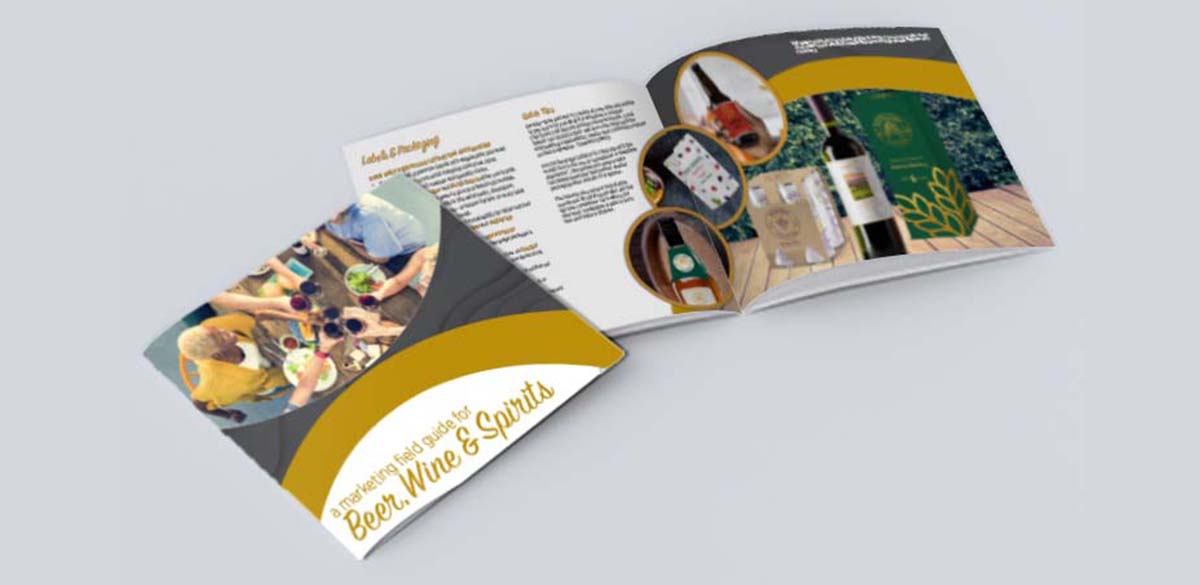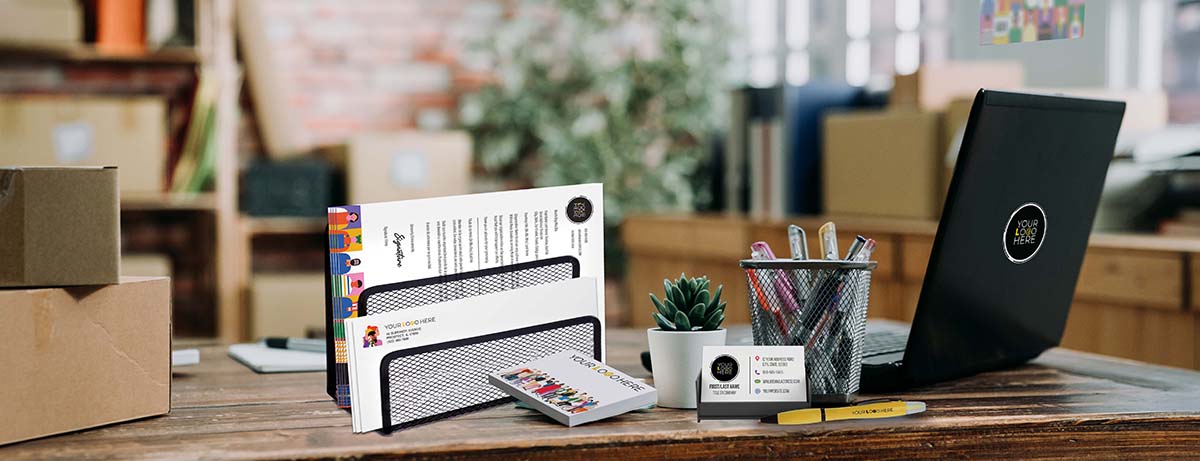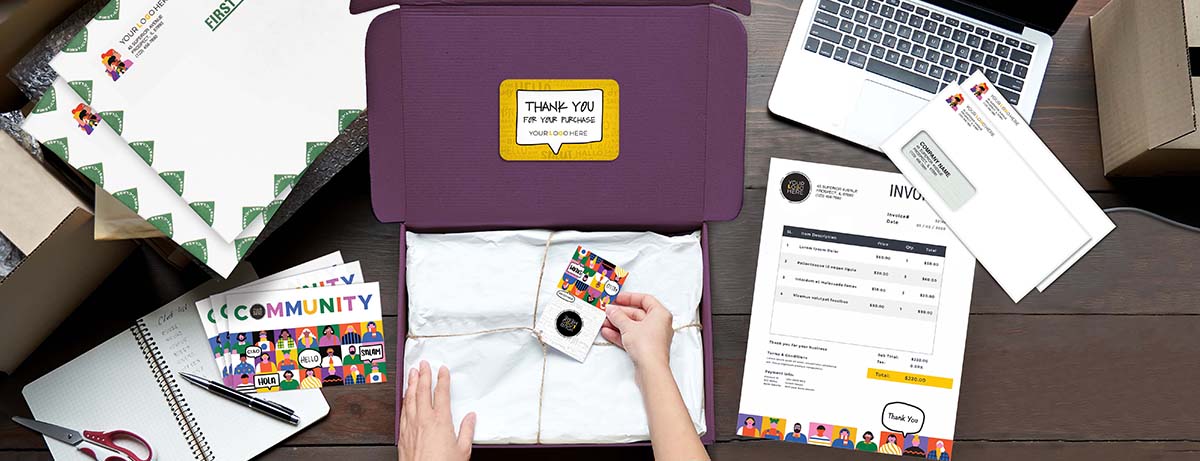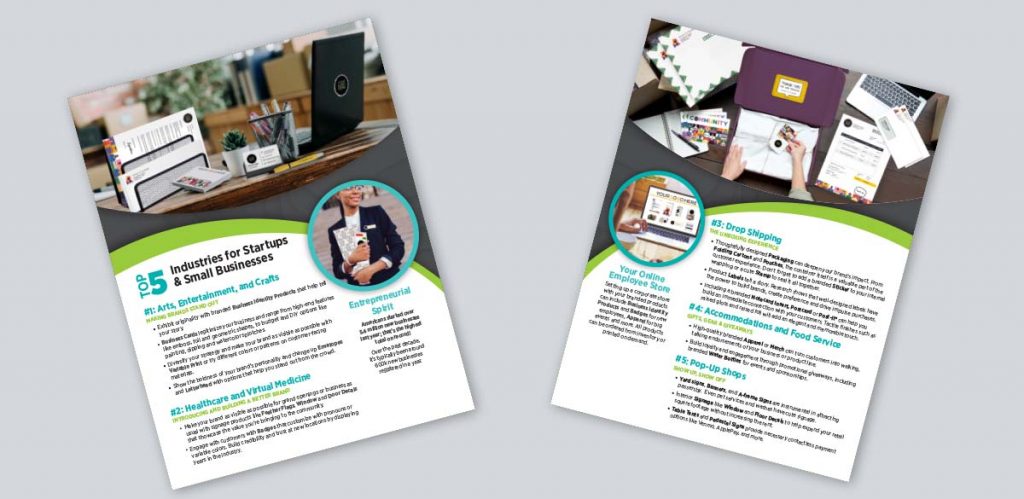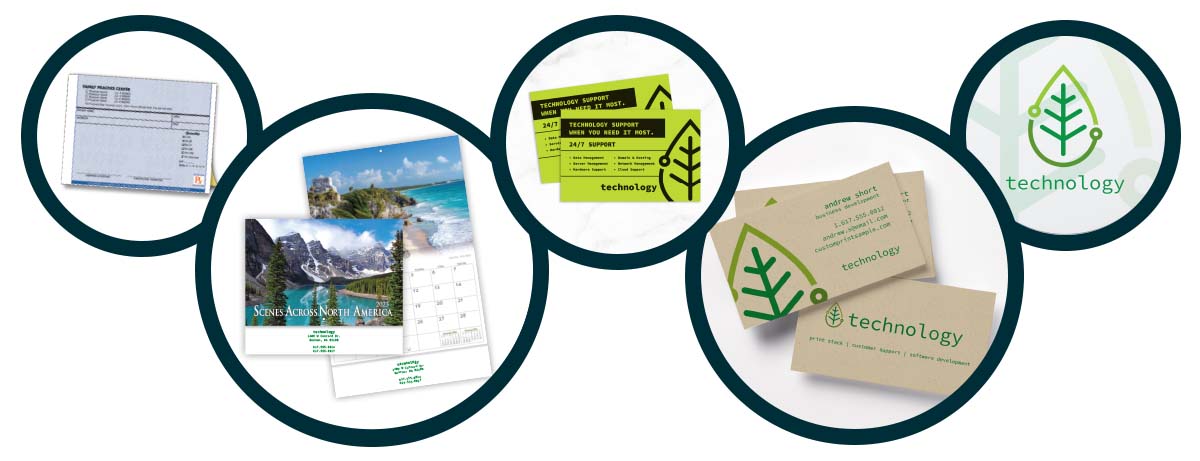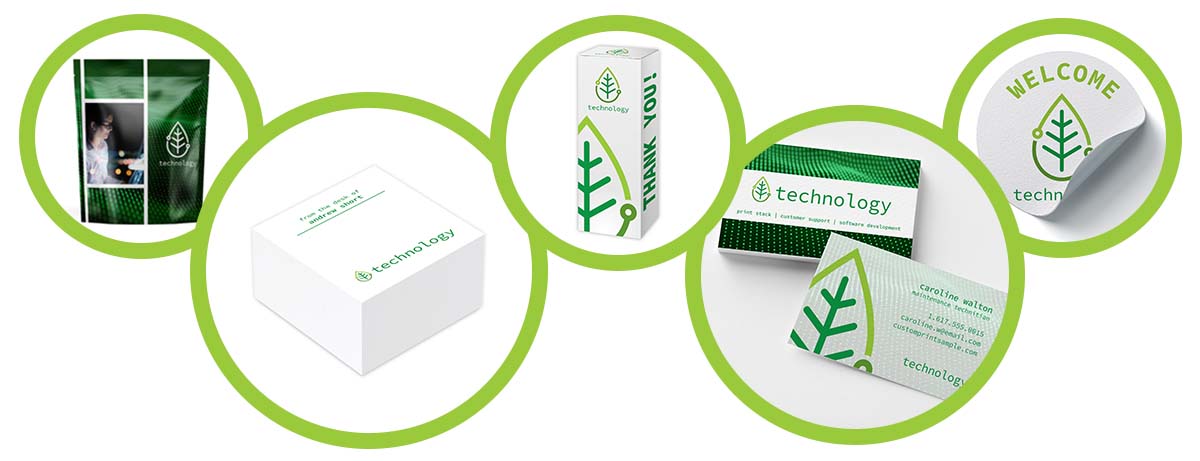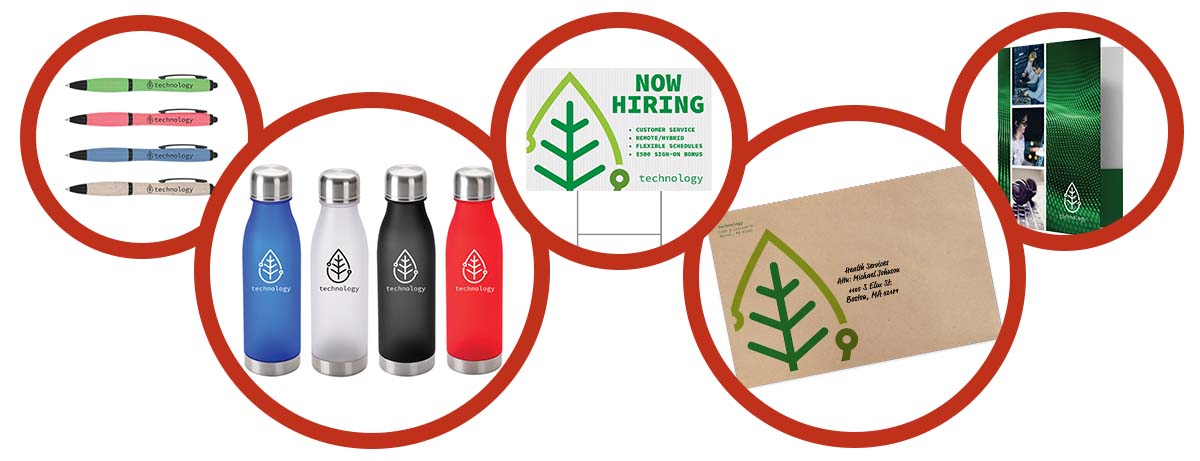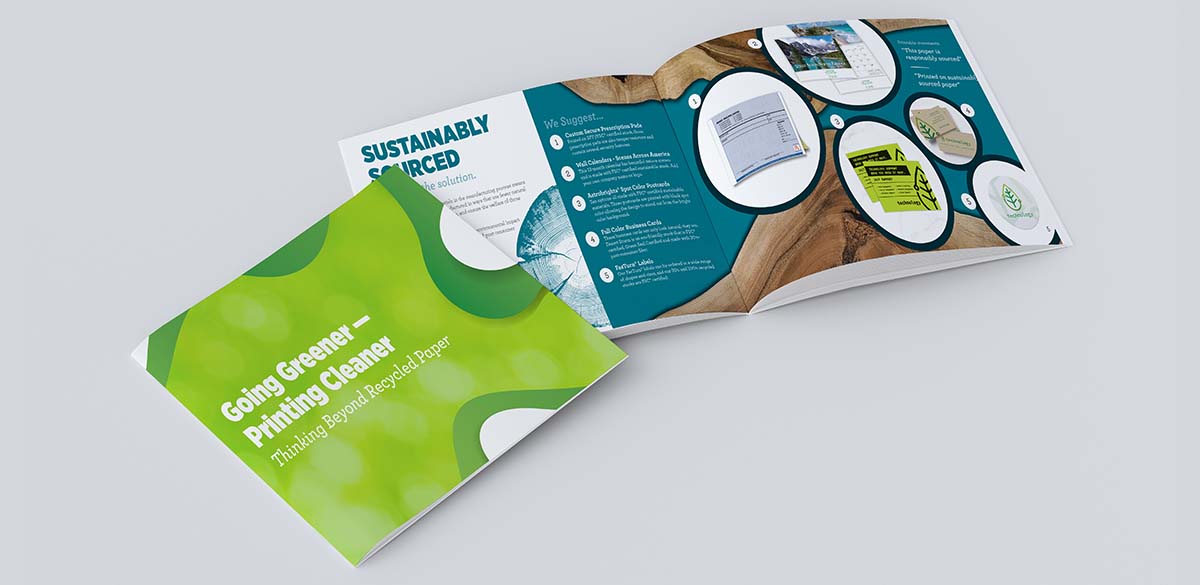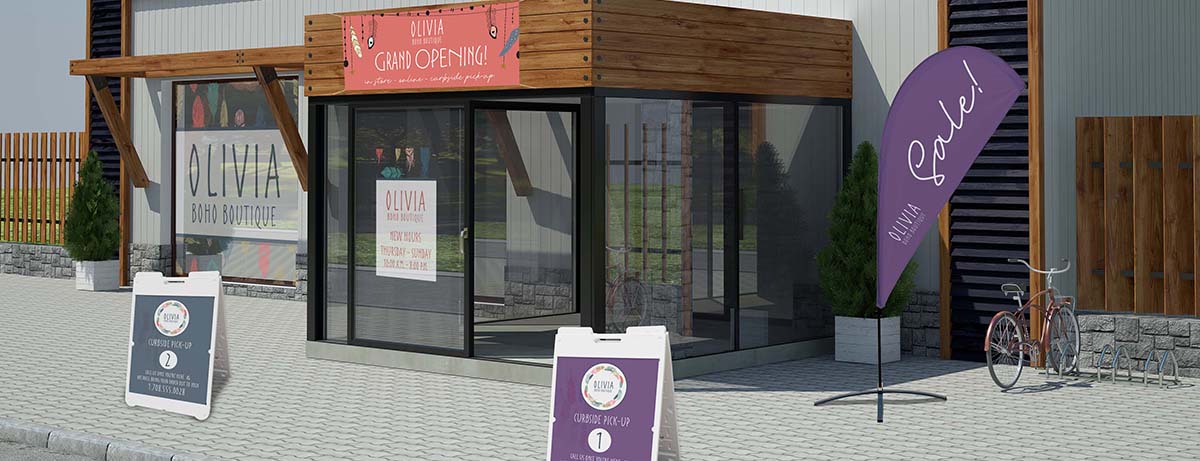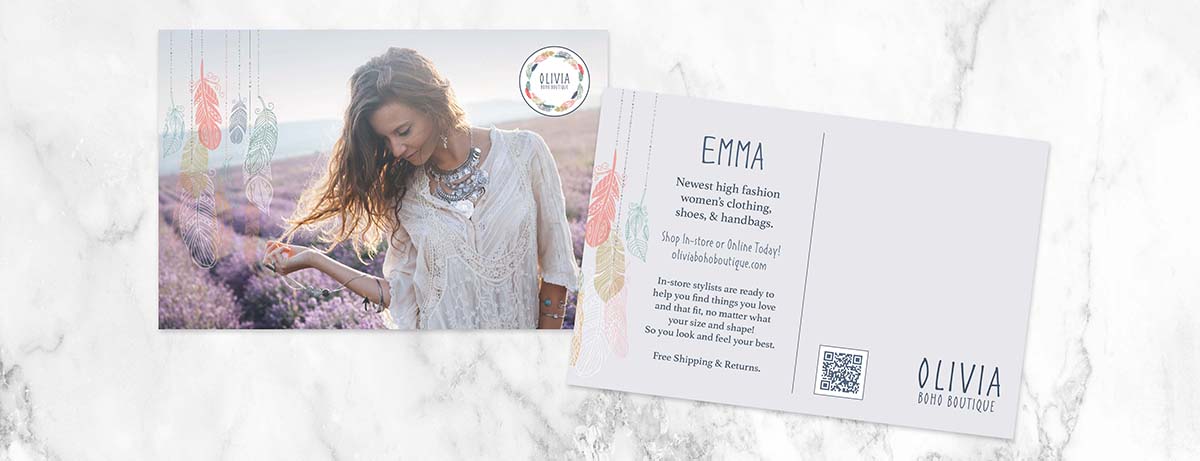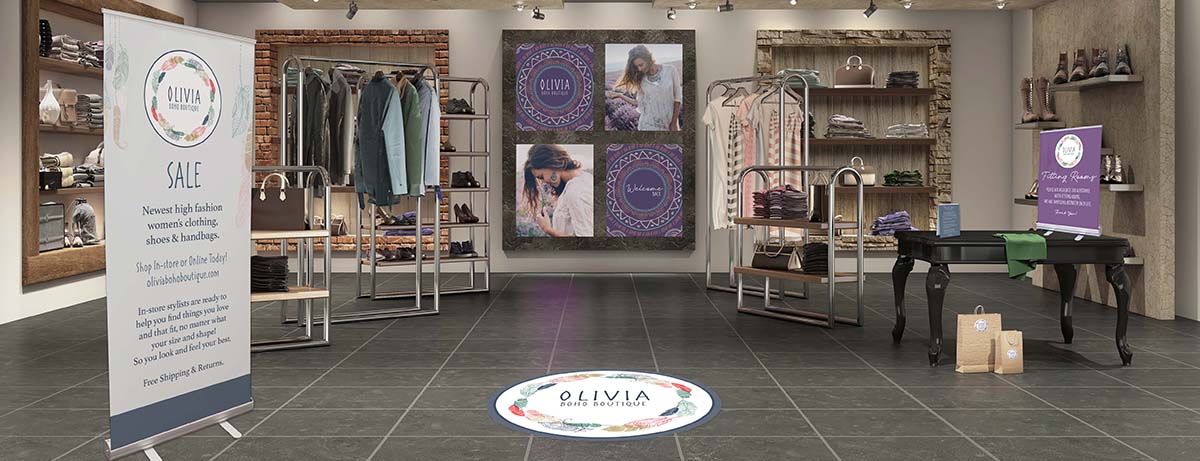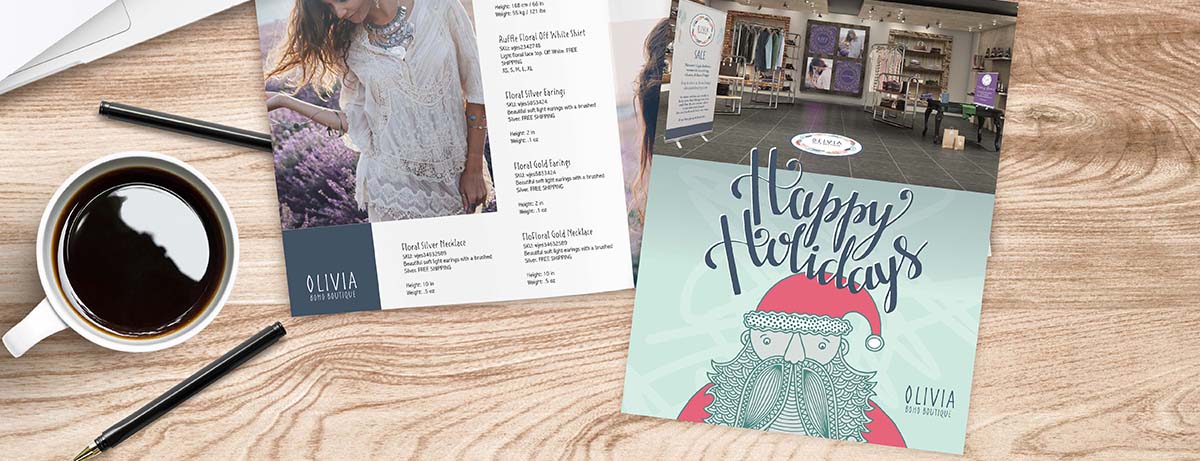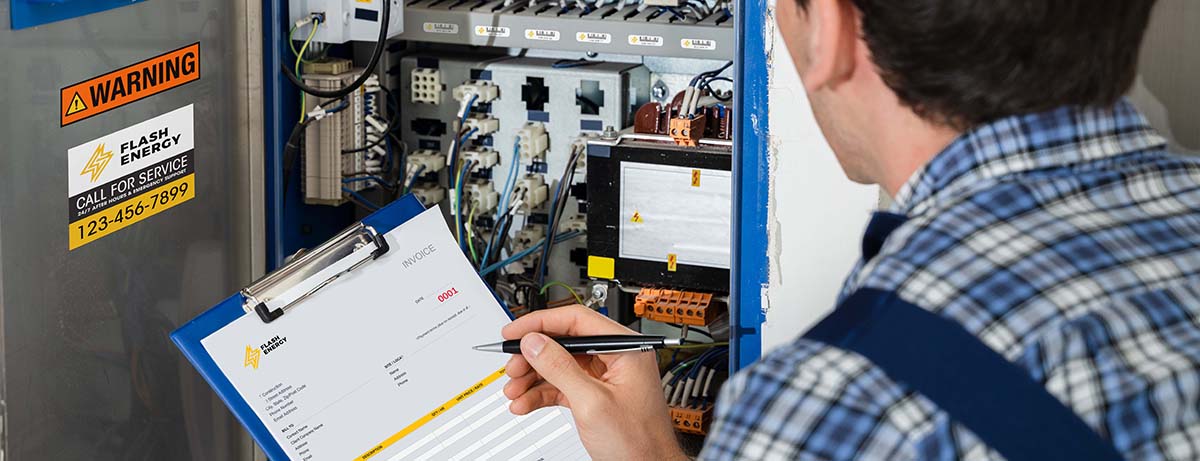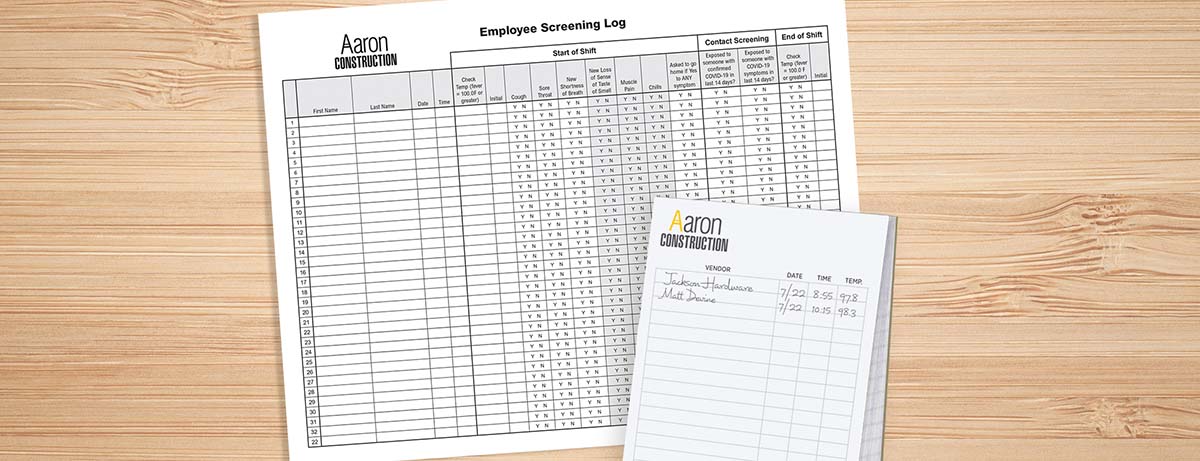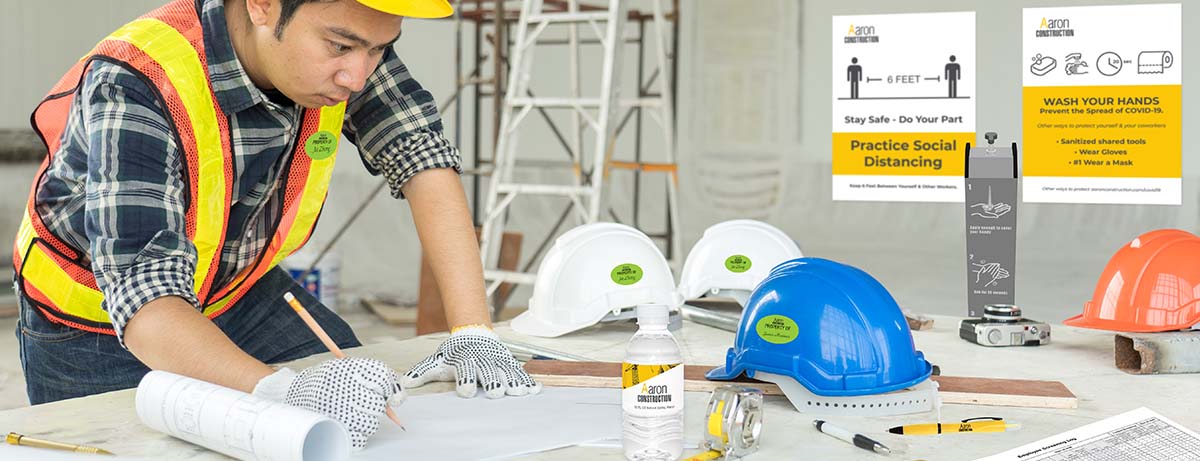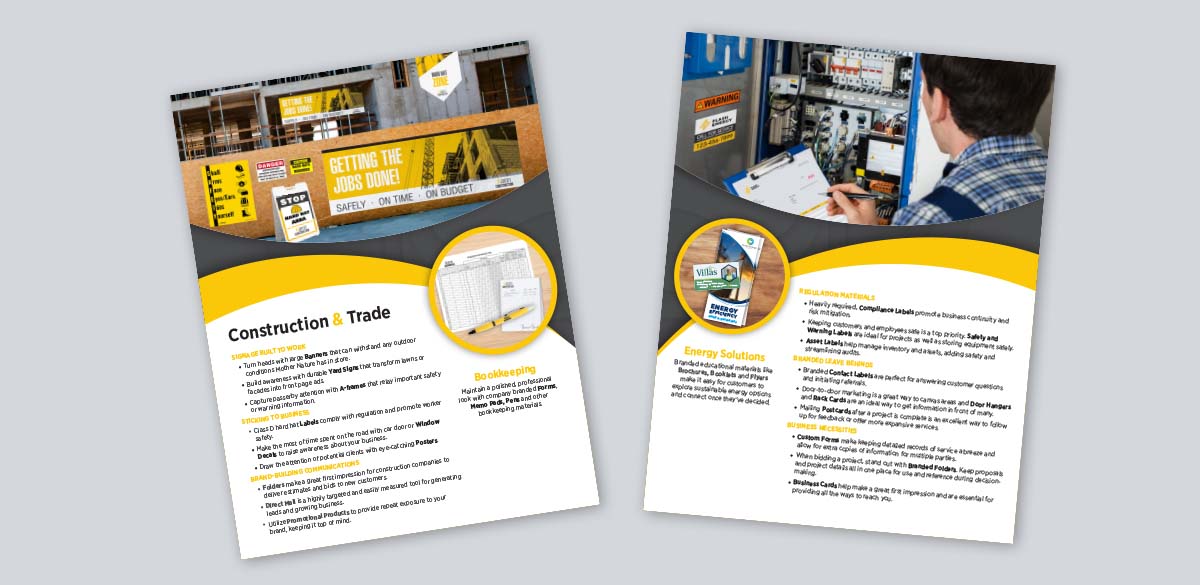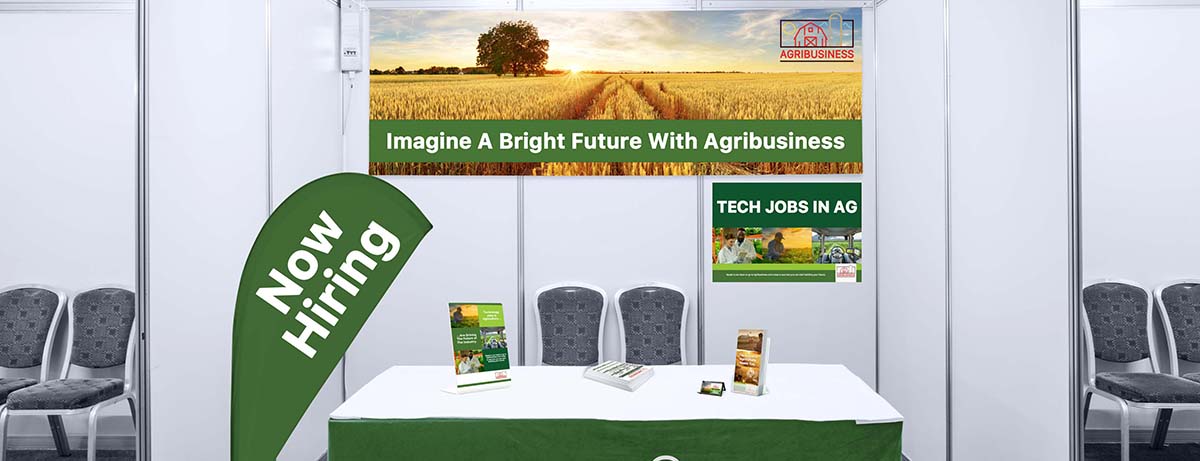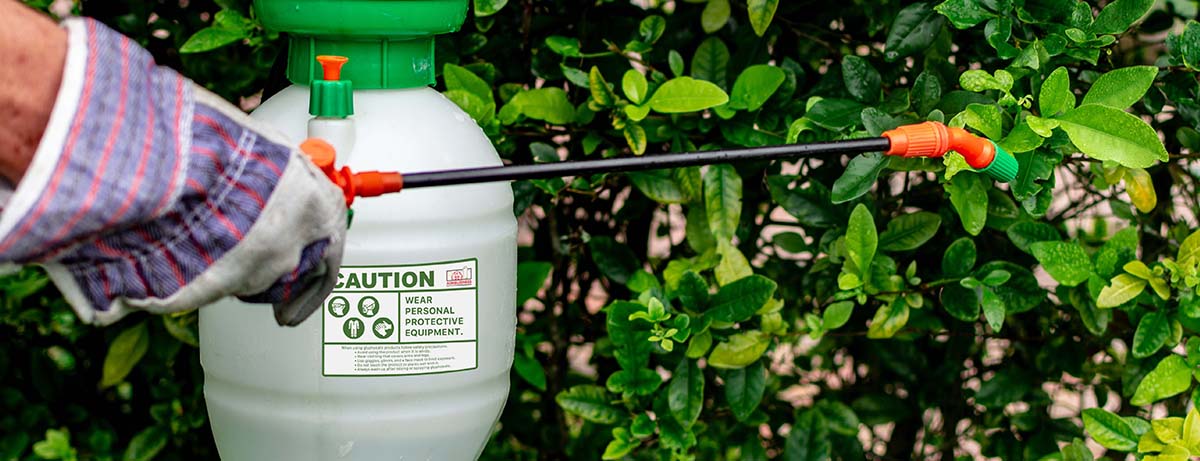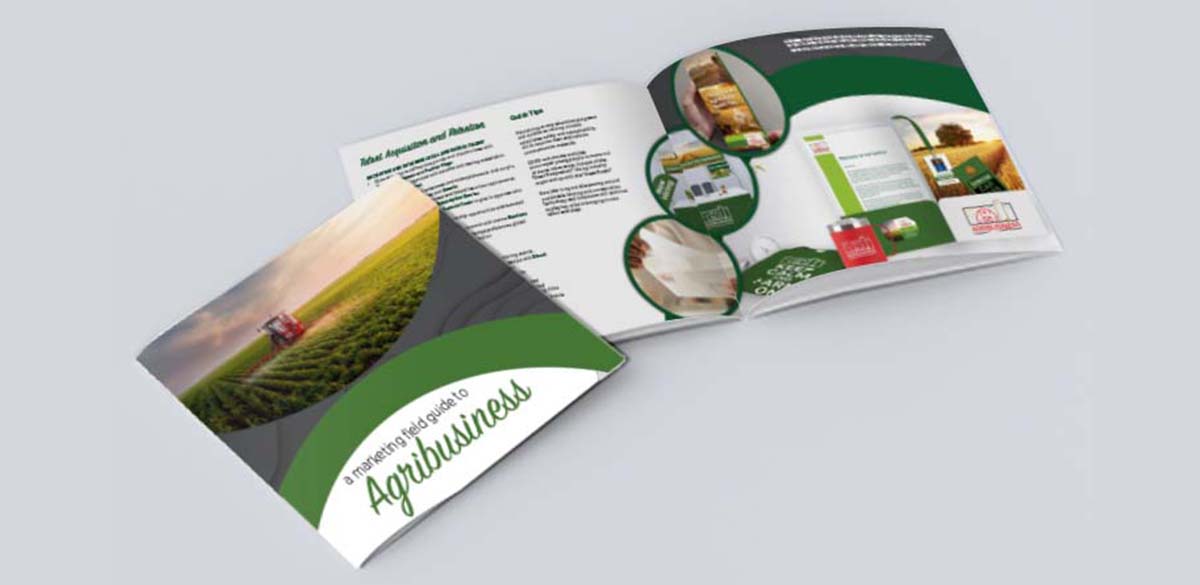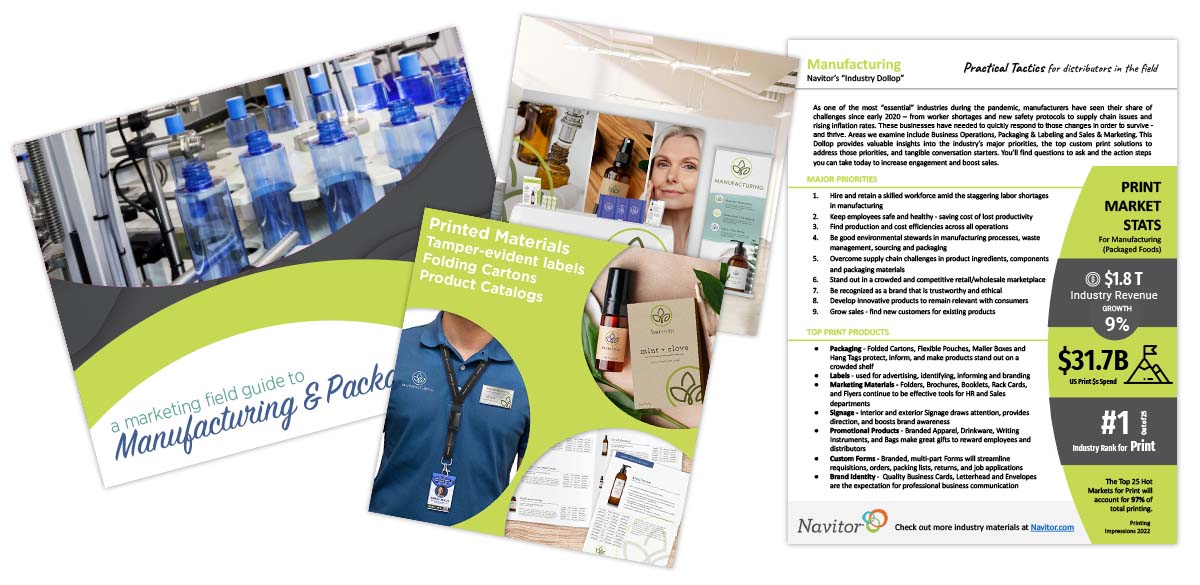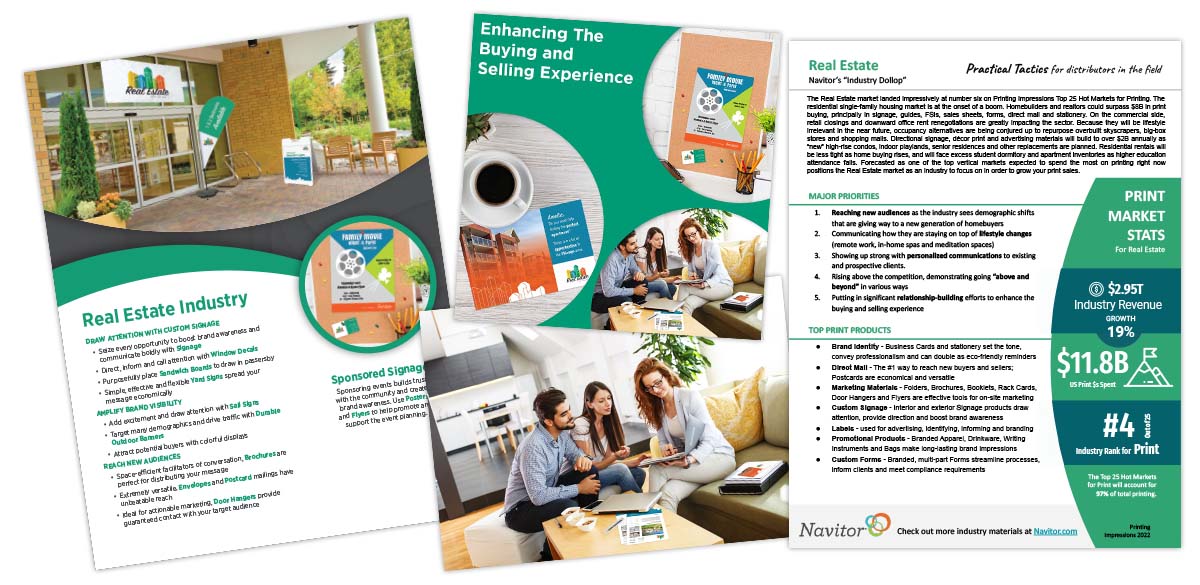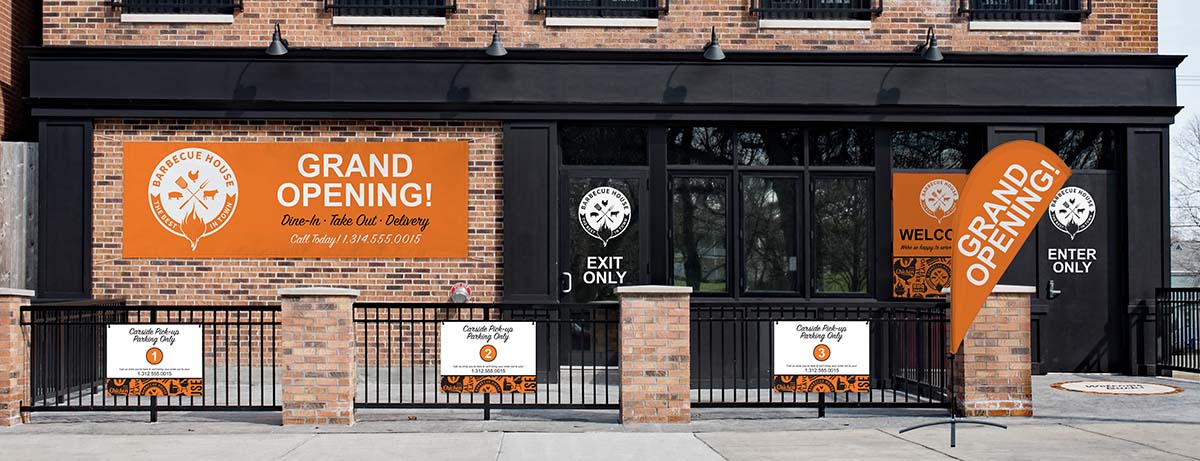
Going out to eat is back in full swing. And more than 660,000 restaurants across the country are cooking up tasty fare for hungry foodies. That’s a lot of cafés, bistros, grills and diners. The landscape is a competitive one – patrons can only eat so much in a day. Restaurants have to balance keeping customers satisfied while dealing with skyrocketing prices on products and fuel. The bottom line: they need to have the highest return possible for every dollar spent. There’s no question how impactful the role of print communications is for restaurants to gain new patrons, engage their guests, encourage repeat dining and keep their eateries top of mind…and very visible.
Restaurant marketing objectives include promoting specials and events, upselling menu items, and generating a buzz, just to name a few. Print remains the go-to medium when it comes to conveying personality, telling a story, welcoming visitors and developing an ambiance. Here are five big ways that print tastefully markets restaurants of all sizes:
1. Signage
There’s no better way to turn foot traffic into sales, and transform spaces into showcases than with indoor and outdoor signage. Getting customers in the door takes bold and innovative options. Durable Banners can be hung from buildings to attract attention from a distance and Sail Signs can be positioned near a building or along a busy boulevard. Using interchangeable sign inserts to update messages on the fly, list specials and advise of open/closed seating areas or special parking areas takes full advantage of the versatility of signs. Erasable signage used as a Menu Board in a central location can work together with individual menus at tables, and Communication Boards can be used for assigning tables to wait staff or posting work schedules.
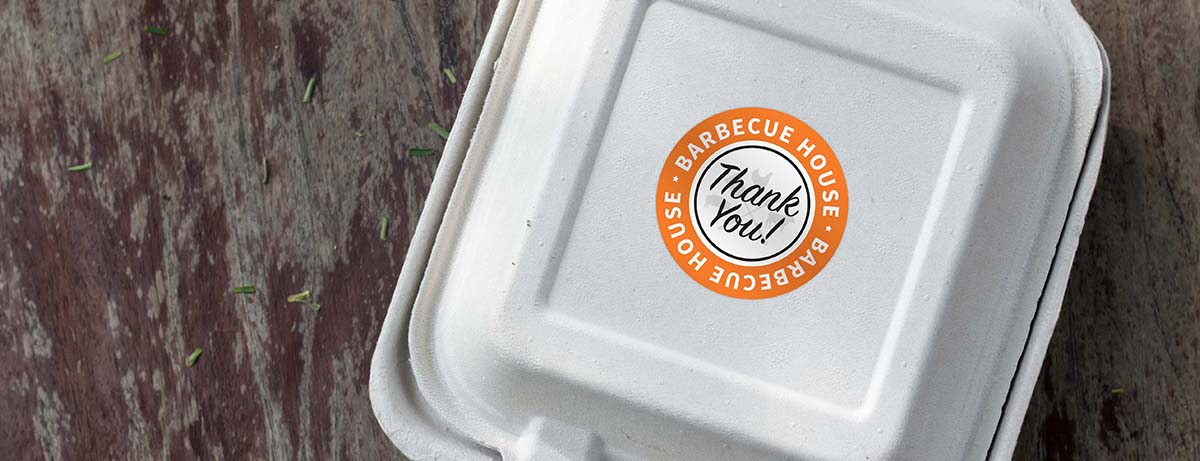
2. Labels, stickers and decals
Restaurants can shape the atmosphere, clearly direct traffic flow, and show off specials and new items with bright, full-color imagery on Window, Table and Floor Decals. Using QR Codes on decals serves up quick reference and easy online ordering. Wall Decals feature seasonal specials and easily transform the décor. Branded Labels and Stickers create a marketing message on the go. Available in a wide variety of sizes, they are perfect to have on hand to dress up various restaurant provisions like take-out boxes, paper bags, coffee cups and giveaways.
3. Print to hold on to
Brochures, postcards, flyers and door hangers are just a few examples of tangible pieces that inspire action. Take-Out Menus and Rack Cards can be placed at nearby businesses and hotels to promote patronage. Whether boosting repeat business through direct mail Postcards, canvassing entire areas with Door Hangers, or offering loyalty program perks like Fridge Magnets, the tactile nature of print keeps brands front and center while prompting response.
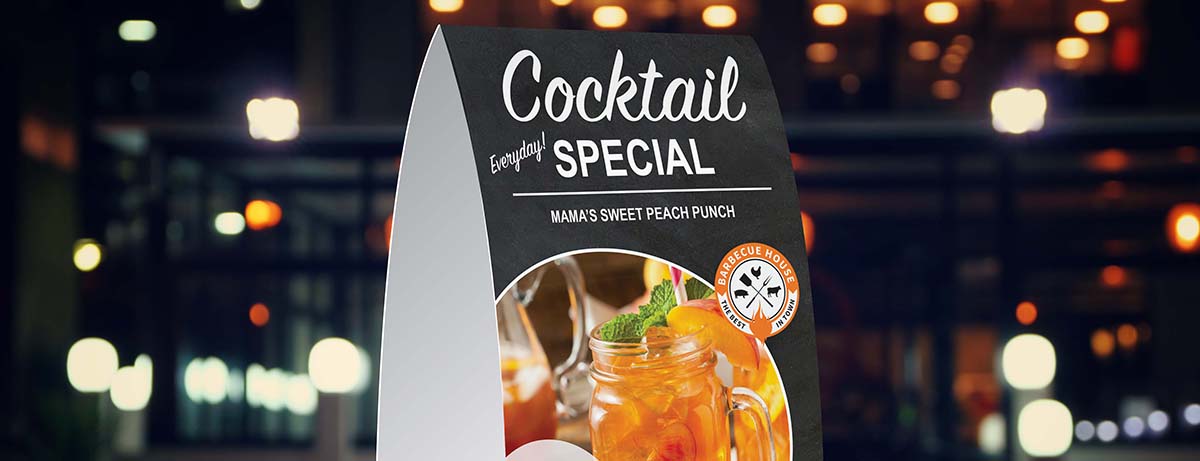
4. Tableside marketing
Table Tents are one of the best ways to promote special deals, recommend food combinations and show off food photography. Table tents are so prolific because they WORK! The most powerful complement to any menu, tableside marketing elements bridge the gap between print and digital, and help maximize market share. Convenient, self-standing promotional powerhouses, table tents are an exceptional way for restaurants to encourage upsells, promote new items and special deals, attract repeat business, and market products and events.
5. Branded apparel
Sometimes used to show employee appreciation and create a team environment, sometimes used to generate additional revenue streams, branded aprons, shirts, uniforms and other Apparel always creates roving marketing opportunities. Cohesiveness in dress code can improve customer experience and enhance the setting. Selling branded restaurant merchandise is a fantastic way for eateries to strengthen their connection with customers and increase sales. Sweatshirts, jackets and hats decorated with a restaurant’s logo not only make great gifts, they also help the business stay top of mind whenever a customer puts them on.

The takeaway
Even though the restaurant industry appears pretty overcrowded, promoting a brand doesn’t have to be overwhelming. There are plenty of cost-effective techniques to help restaurants get people through their doors (and coming back) so they can better stay afloat in inflationary times. Being creative and employing some of the methods above are fast tracks to satisfaction. Help restaurants meet all their marketing objectives with the product ideas and strategic solutions that we cover in our latest flyer. Download and share with your customers and prospects today!




